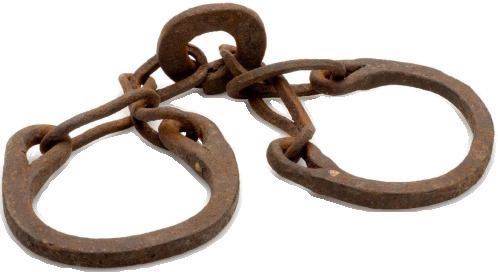 | ||
Saqāliba (Arabic: صقالبة, sg. Siqlabi) refers to Slavic slaves, kidnapped from the coasts of Europe or in wars, as well as mercenaries in the medieval Muslim world, in the Middle East, North Africa, Sicily and Al-Andalus. It is generally thought that the Arabic term is a Byzantine loanword: saqlab, siklab, saqlabi etc. is a corruption of Greek Sklavinoi meaning Slavs (from which the English word slave is also derived. The word is often misused to refer only to slaves from Central and Eastern Europe, but it refers to all Eastern Europeans and others traded by the Arab traders during the war or peace periods.
There were several major routes of the trade of Slav slaves into the Muslim world: through Central Asia (Mongols, Tatars, Khazars, etc.); through the Mediterranean (Byzantium); through Central and Western Europe to Al-Andalus. The Volga trade route and other European routes, according to Ibrahim ibn Jakub, were serviced by Radanite Jewish merchants. Theophanes mentions that the Umayyad caliph Muawiyah I settled a whole army of 5,000 Slavic mercenaries in Syria in the 660s.
In the Muslim world, Saqaliba served or were forced to serve in a multitude of ways: servants, harem concubines, eunuchs, craftsmen, soldiers, and as Caliph's guards. In Iberia, Morocco, Damascus and Sicily, their military role may be compared with that of mamluks in the Ottoman Empire. In Spain, Slavic eunuchs were so popular and widely distributed that they became synonymous with Saqāliba. Some Saqāliba became rulers of taifas (principalities) in Iberia after the collapse of the Caliphate of Cordoba. For example, Muyahid ibn Yusuf ibn Ali organized the Saqaliba in Dénia to rebel, seize control of the city, and establish the Taifa of Dénia, which extended its reach as far as the island of Majorca.
